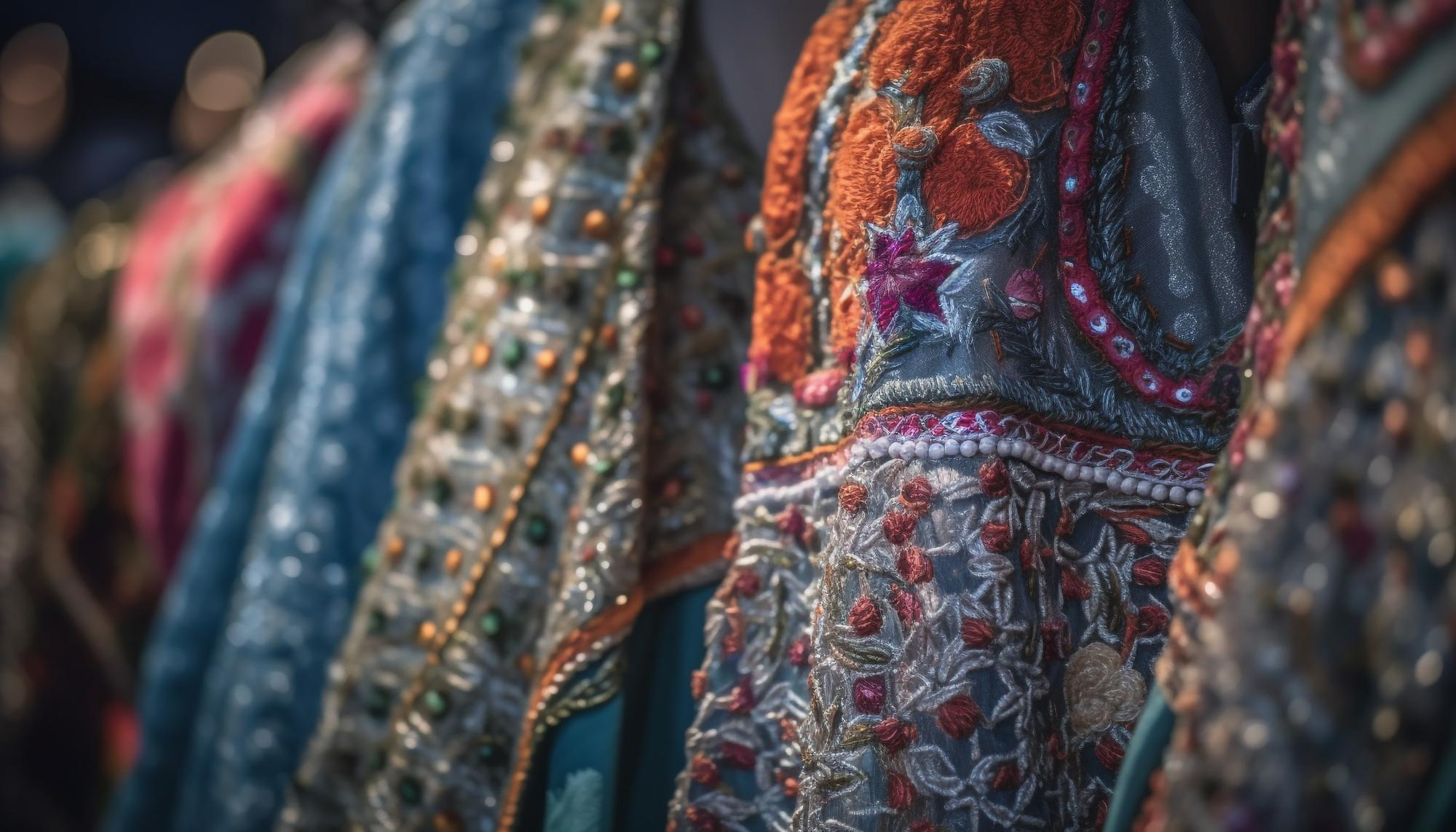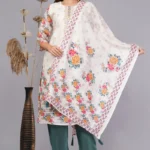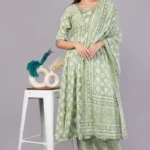Join Vaidahi! To Get up to 10% discount on first order!
Join Vaidahi! To Get up to 10% discount on first order!
A Guide to Caring for and Maintaining Ethnic Garments

Introduction
When it comes to ethnic fashion, the allure lies not only in the intricate designs and vibrant colors but also in the rich cultural heritage they represent. Whether it’s a traditional saree, a stunning kurta, or an elegant lehenga, ethnic clothing requires special care and attention to maintain their beauty and longevity. In this guide, we will provide you with helpful tips on how to properly care for and maintain your ethnic garments, ensuring that they remain in pristine condition for years to come.
Garment Care
Proper garment care is essential to keep your ethnic clothing looking its best. Here are some tips to help you maintain the quality and longevity of your garments:
1. Follow the Care Instructions
Always check the care instructions provided by the manufacturer before washing or cleaning your ethnic garments. These instructions are specific to the fabric and design of the garment and should be followed carefully to avoid any damage.
2. Separate by Color
When washing your ethnic clothing, it is important to separate them by color. Some vibrant colors may bleed during the wash, which can stain other garments. To prevent this, wash similar colors together or use color-catching sheets to absorb any color bleed.
3. Hand Wash or Gentle Cycle
Most ethnic garments are delicate and require gentle care. It is recommended to hand wash them using a mild detergent or use the gentle cycle on your washing machine. Avoid using harsh detergents or bleach, as they can damage the fabric and fade the colors.
4. Air Dry
Avoid using a dryer to dry your ethnic clothing, as the heat can shrink the fabric or distort the shape. Instead, gently squeeze out the excess water and lay the garment flat on a clean towel to air dry. Avoid direct sunlight, as it can fade the colors.
5. Iron with Caution
When ironing your ethnic garments, always check the fabric type and adjust the iron temperature accordingly. Use a pressing cloth to protect delicate fabrics and avoid direct contact with the iron. It is recommended to iron the garment inside out to prevent any damage to the embellishments or embroidery.
Stain Removal
Accidents happen, and stains can be a common occurrence on your ethnic clothing. Here are some tips to effectively remove stains without causing any damage:
1. Act Quickly
As soon as you notice a stain, it is important to act quickly. The longer a stain sits, the harder it becomes to remove. Blot the stain gently with a clean cloth or paper towel to absorb any excess liquid.
2. Test on a Hidden Area
Before applying any stain remover or cleaning solution, test it on a hidden area of the garment to ensure that it does not cause any discoloration or damage. If the fabric reacts negatively, refrain from using that particular solution.
3. Use Gentle Stain Removers
For most stains, mild stain removers or natural solutions like lemon juice or vinegar can be effective. Apply the stain remover directly to the stain and gently rub it in with a soft cloth. Rinse thoroughly and repeat if necessary.
4. Seek Professional Help
If you are unsure about how to remove a particular stain or if the stain persists, it is best to seek professional help. Take your garment to a trusted dry cleaner who specializes in ethnic clothing to ensure proper stain removal without causing any damage.
Delicate Fabrics
Many ethnic garments are made from delicate fabrics like silk, chiffon, or lace. These fabrics require extra care to maintain their beauty and prevent damage. Here are some tips for handling delicate fabrics:
1. Hand Wash or Dry Clean
Most delicate fabrics should be either hand washed or dry cleaned. Follow the care instructions provided by the manufacturer to determine the best method for cleaning. Avoid using harsh detergents or excessive agitation, as it can damage the fabric.
2. Use a Delicate Cycle
If you choose to machine wash your delicate garments, use the delicate cycle and a gentle detergent specifically formulated for delicate fabrics. Place the garment in a mesh laundry bag to protect it from getting tangled or stretched.
3. Store Carefully
When storing delicate fabrics, avoid hanging them as it can cause stretching or distortion. Instead, fold them neatly and place them in a breathable storage bag or box. Avoid storing them in areas prone to moisture or direct sunlight, as it can damage the fabric.
Sustainable Practices and Clothing Longevity
In addition to proper care and maintenance, adopting sustainable practices can also contribute to the longevity of your ethnic garments. Here are some tips to make your clothing last longer while reducing your environmental impact:
1. Quality Over Quantity
Invest in high-quality ethnic garments that are made to last. Opt for natural and sustainable fabrics whenever possible, as they tend to be more durable and eco-friendly.
2. Repair and Mend
Instead of discarding a garment at the first sign of wear or tear, consider repairing or mending it. Small rips or loose threads can be easily fixed, extending the life of your clothing.
3. Donate or Upcycle
If you no longer wear a particular ethnic garment, consider donating it to someone in need or upcycling it into something new. This not only reduces waste but also gives the garment a new lease on life.
4. Responsible Washing
Practice responsible washing by only washing your ethnic garments when necessary. Spot clean stains instead of washing the entire garment and opt for air drying instead of using a dryer whenever possible.
5. Conscious Consumption
Before purchasing new ethnic clothing, ask yourself if it is something you truly need and will wear regularly. By being mindful of your consumption, you can reduce waste and make more sustainable choices.
Conclusion
Caring for your ethnic garments is not only about maintaining their beauty but also about preserving the cultural heritage they represent. By following these tips and adopting sustainable practices, you can ensure that your ethnic clothing remains in excellent condition for years to come. Remember, proper garment care, stain removal techniques, handling delicate fabrics, and embracing sustainable practices are the key to prolonging the life of your ethnic garments and promoting a more sustainable fashion industry.








